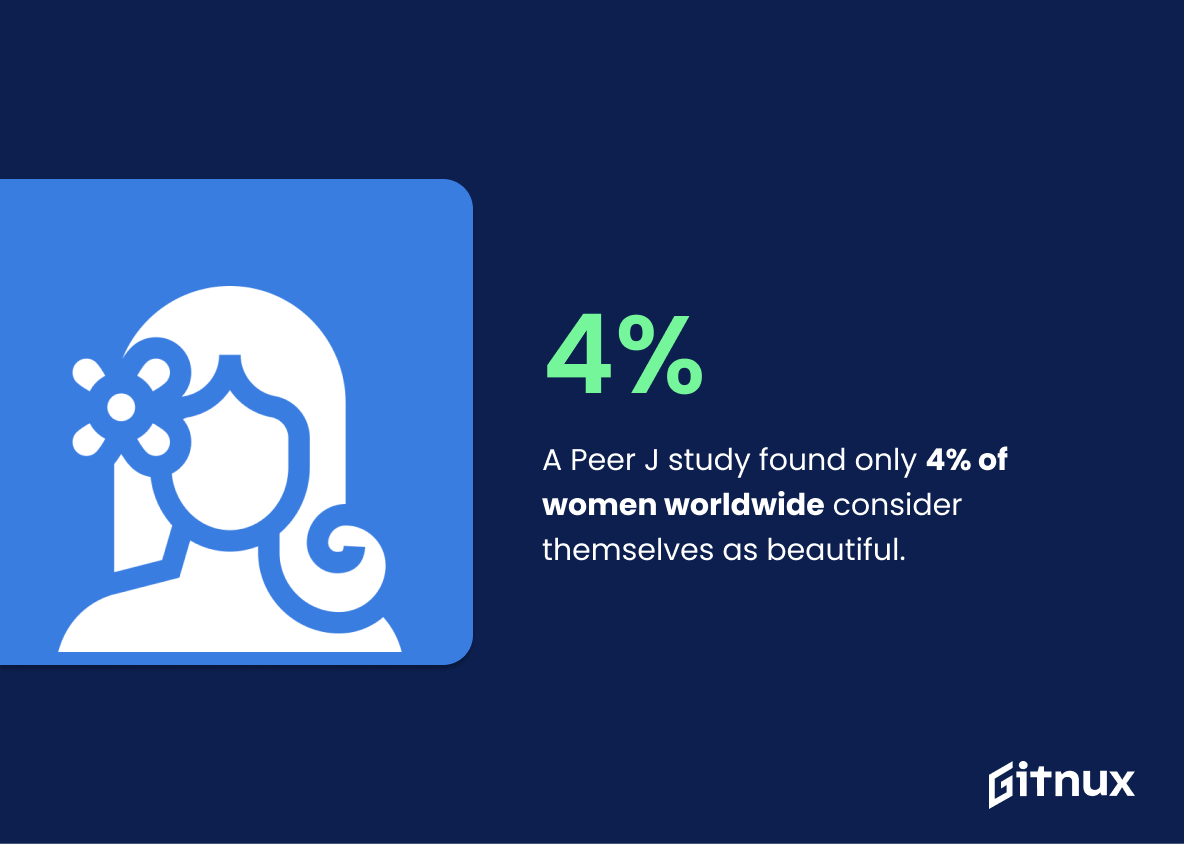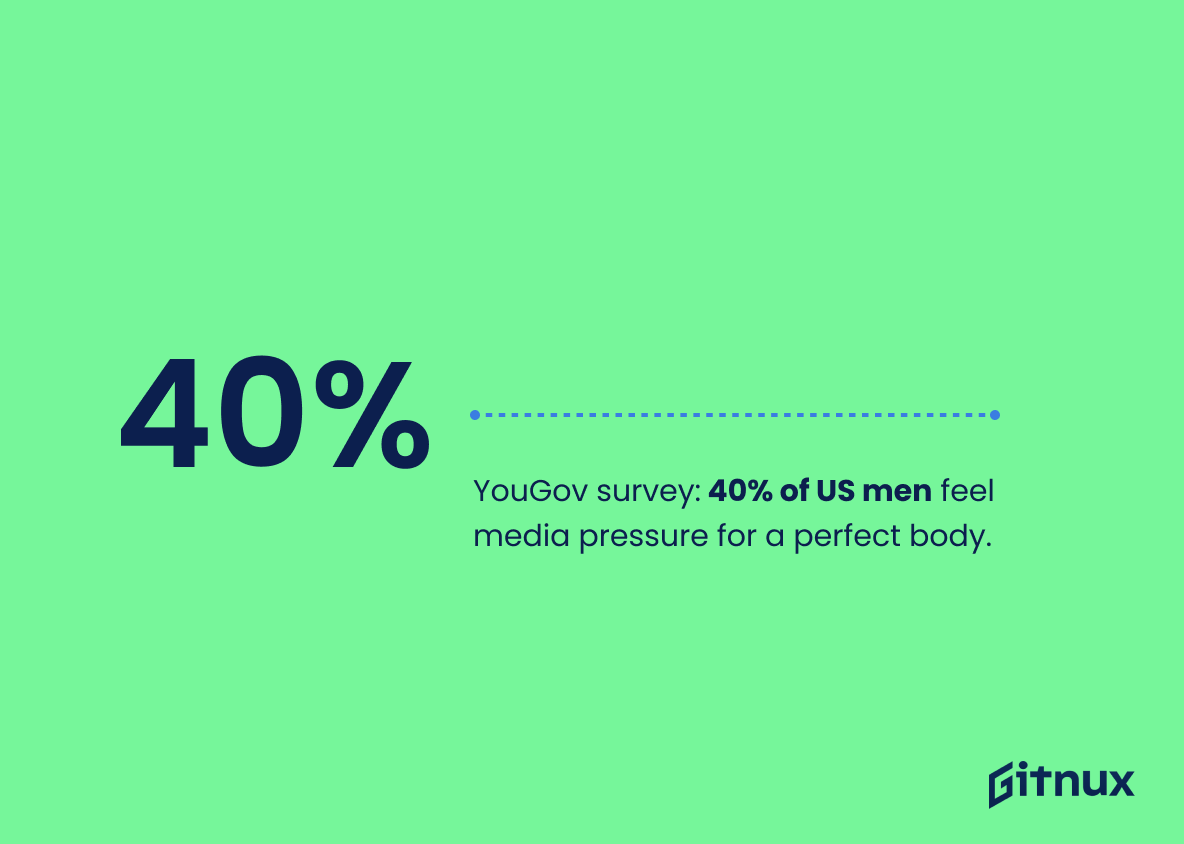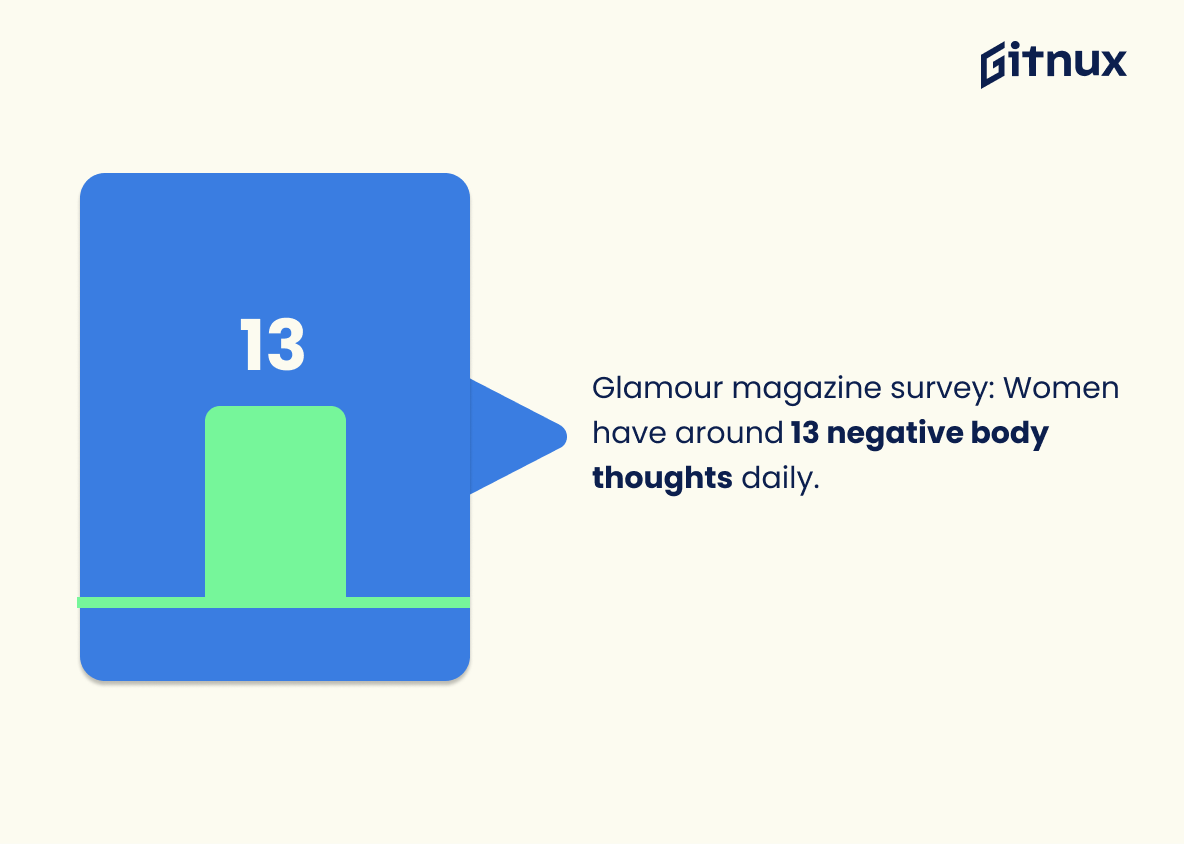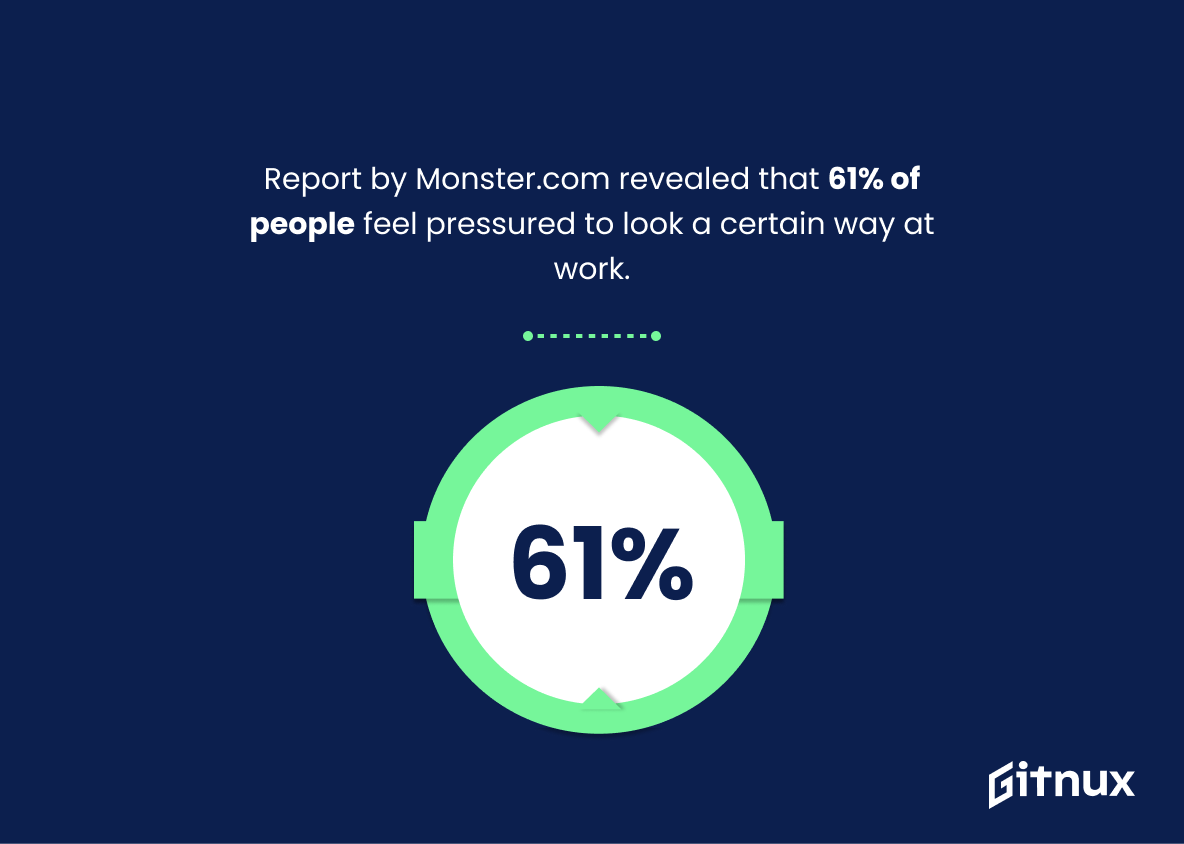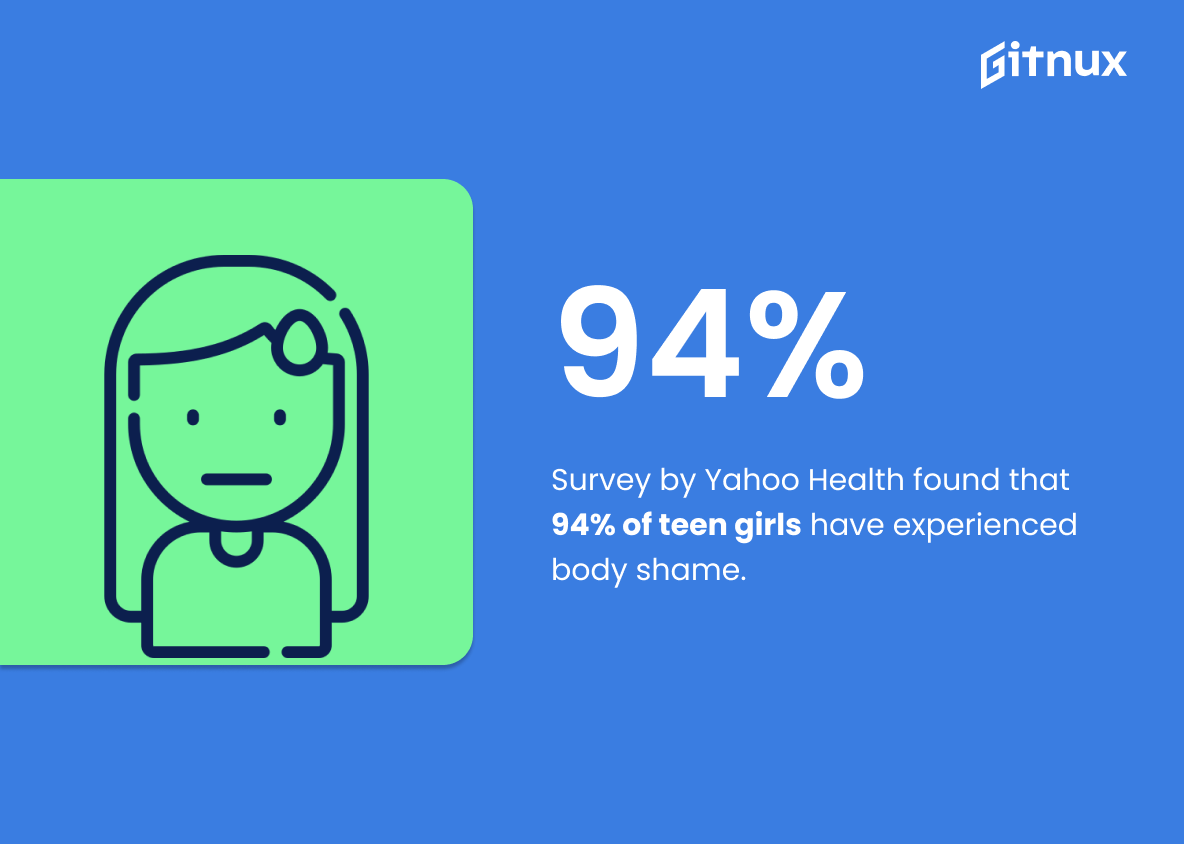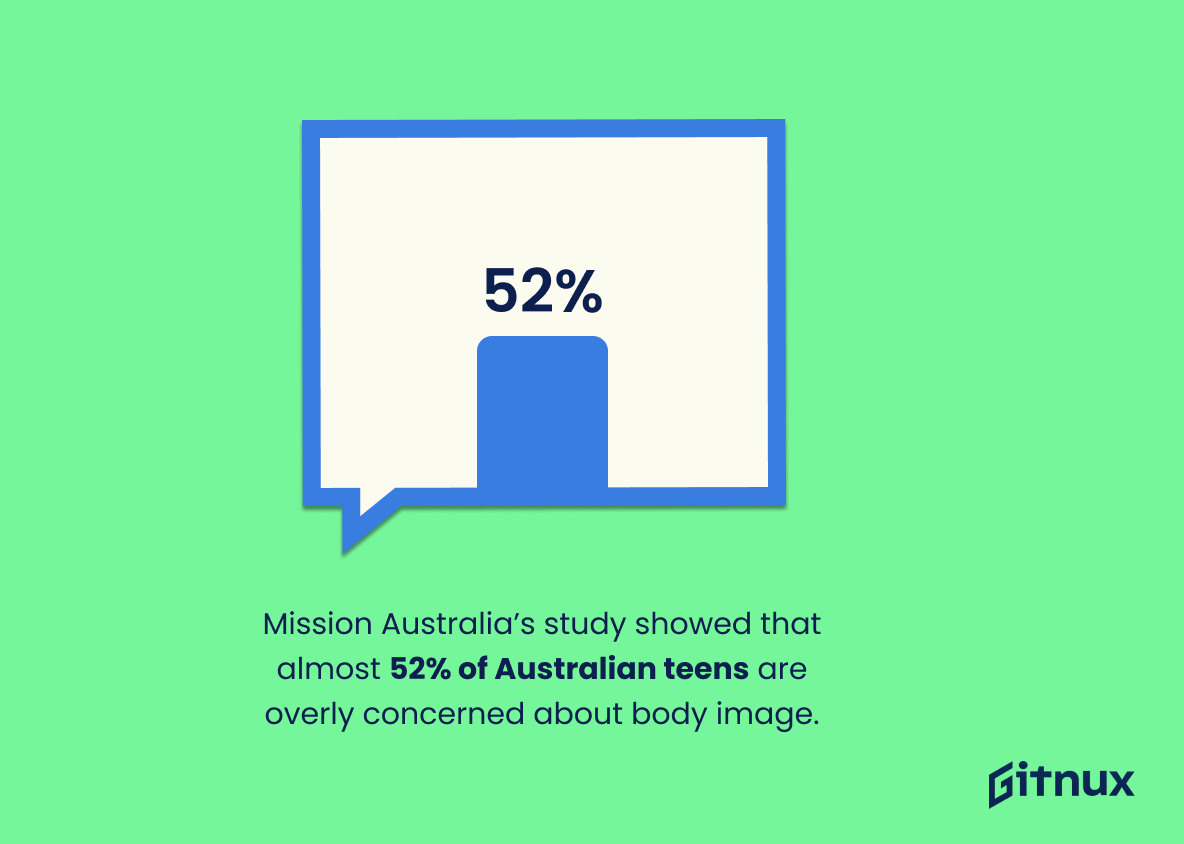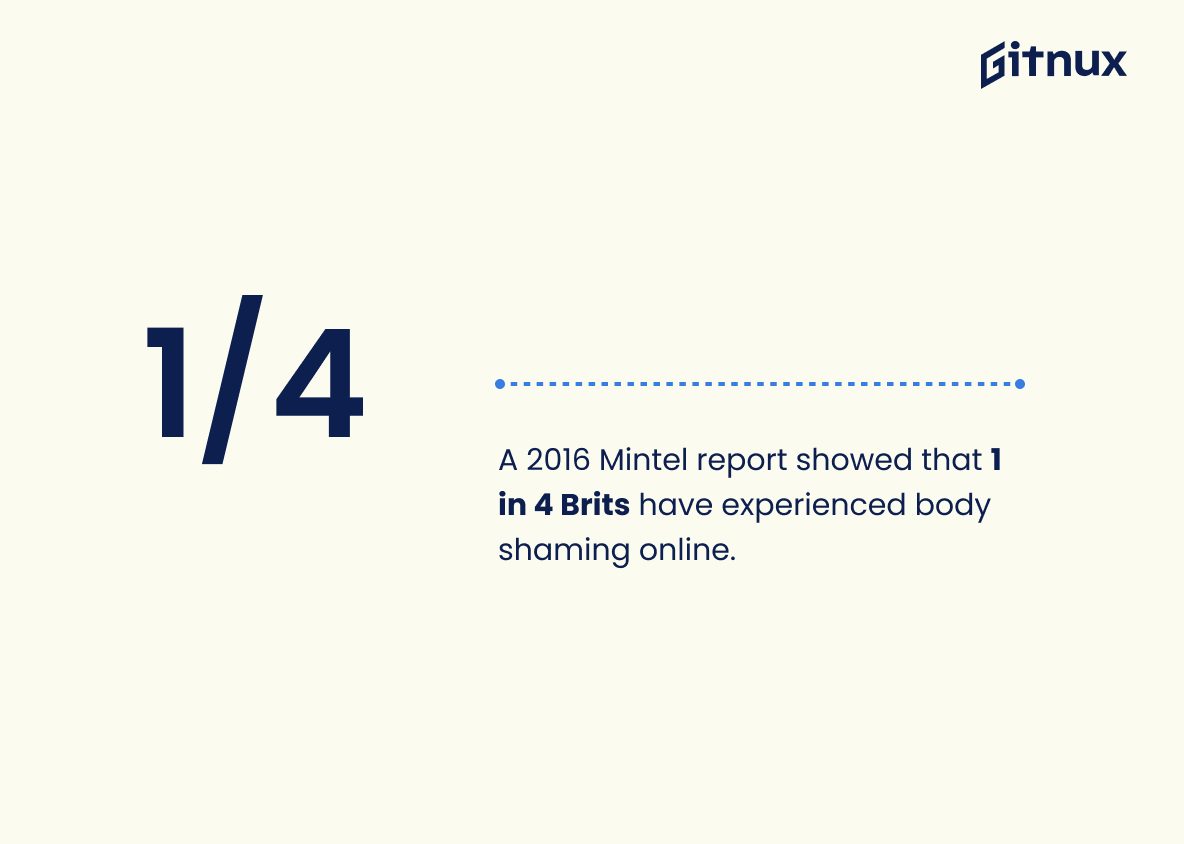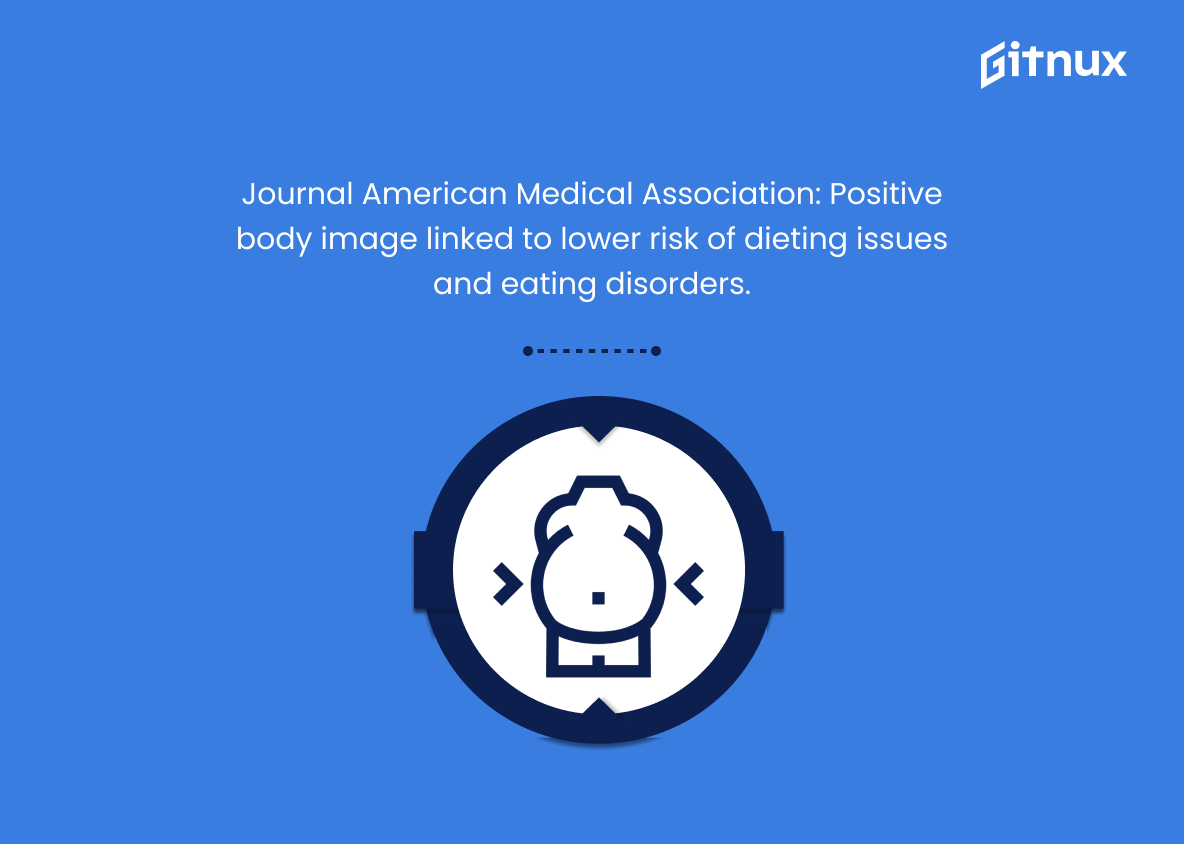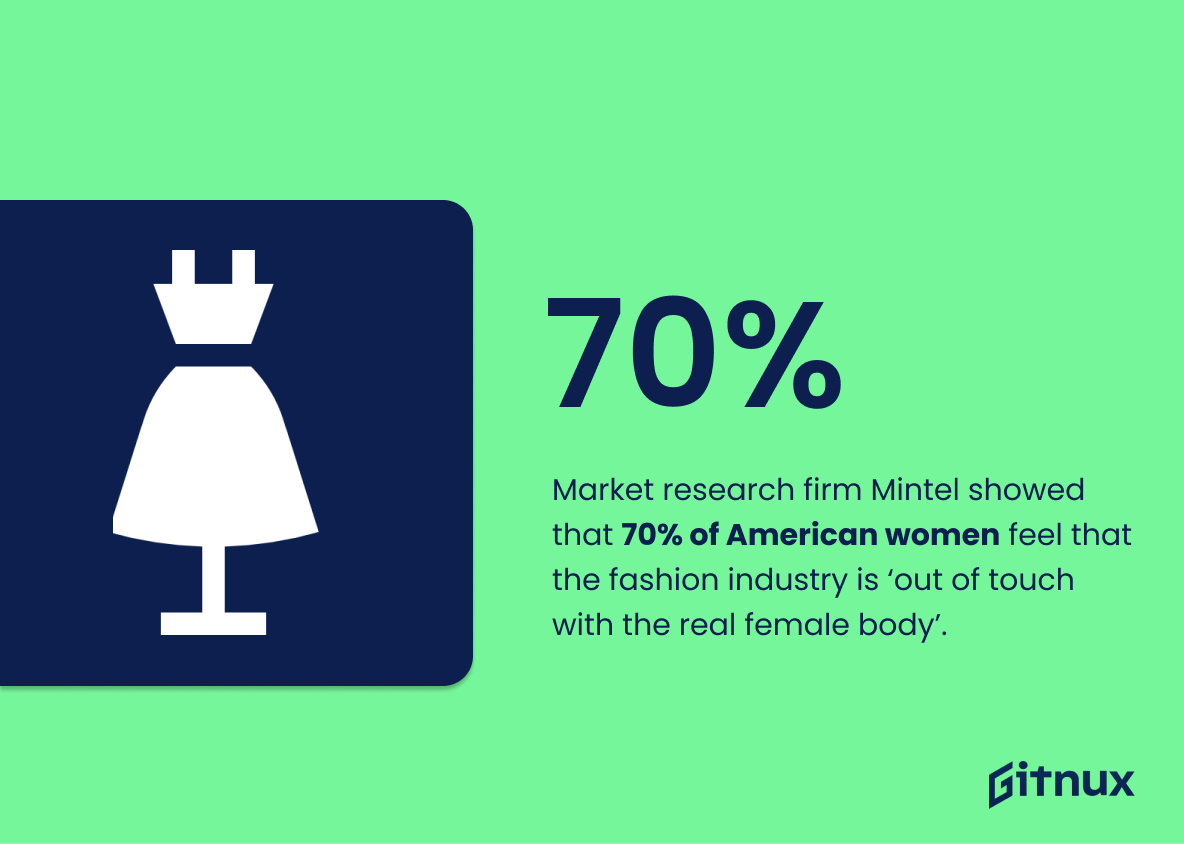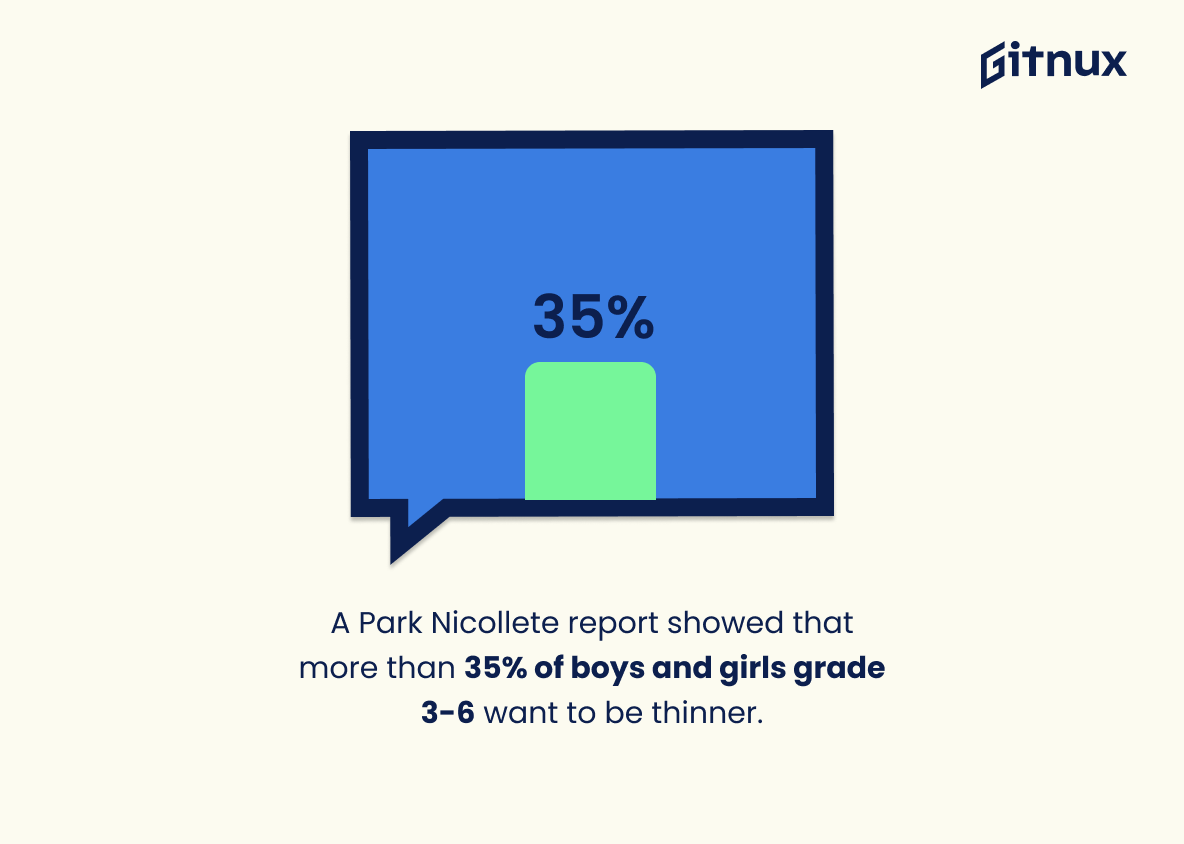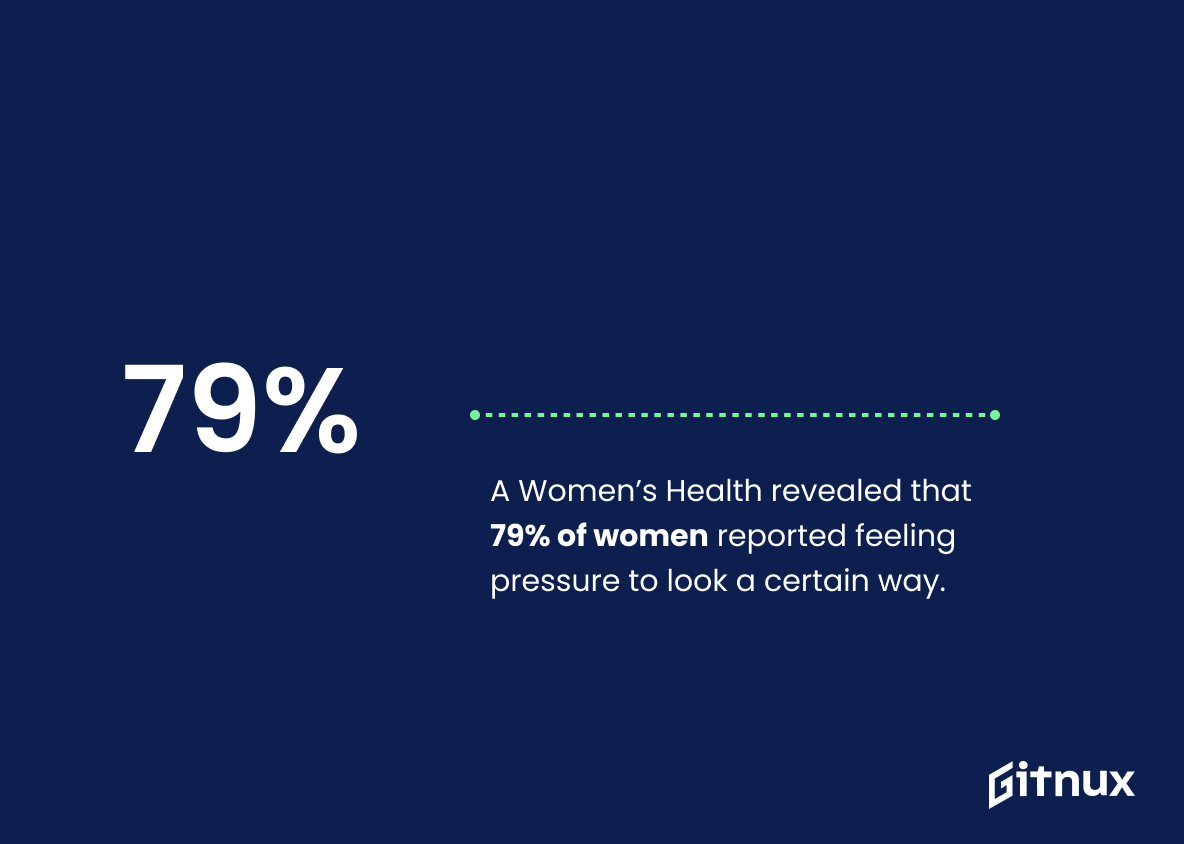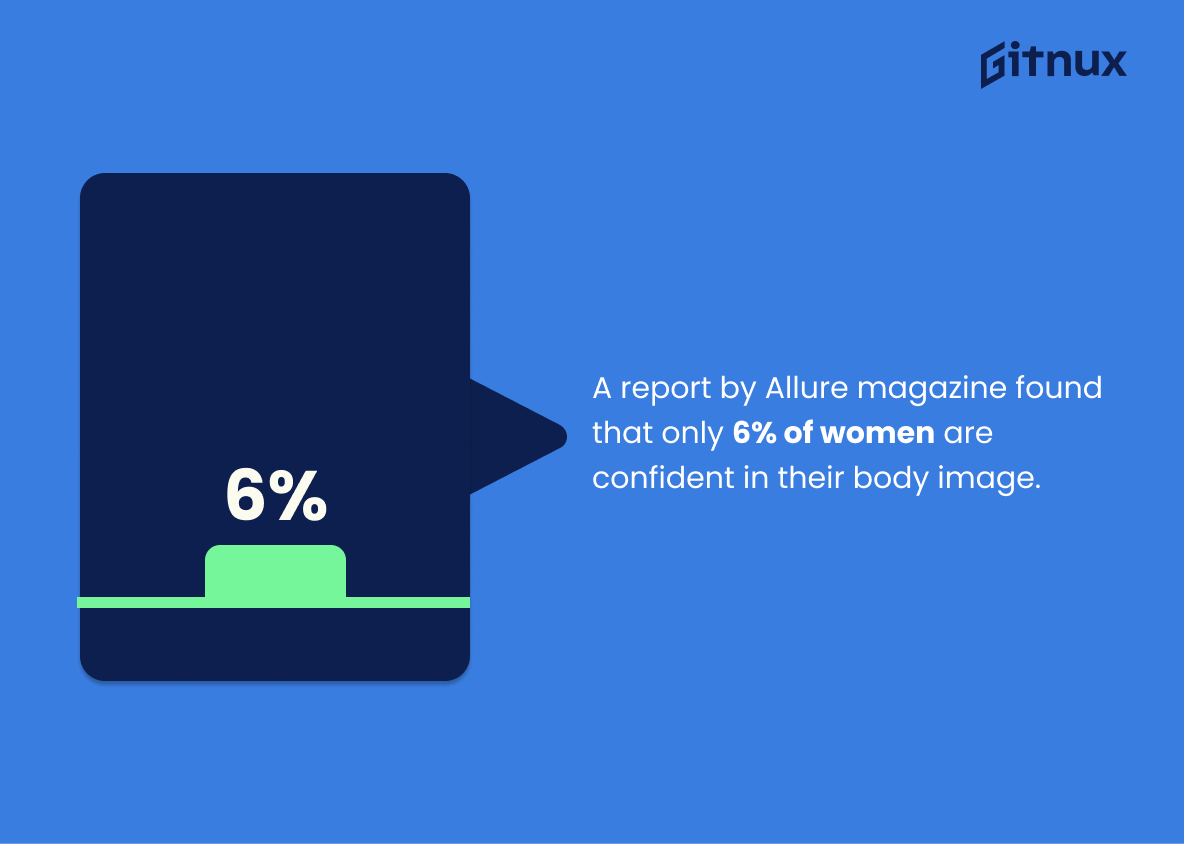In today’s society, the concept of body positivity has never been more prevalent as it takes center stage in the fight against unrealistic beauty standards. It’s a movement that encourages acceptance and appreciation of all body types and sizes, but how much truth is there in its impact? In the following article, we’ll delve into revealing body positivity statistics to unearth the genuine depth of this movement’s influence. From statistics concerning body image perceptions to the role social media plays in shaping our ideas of beauty, this blog post aims to give you not only a comprehensive understanding of the body positivity movement but also empowers you to celebrate diversity and embrace individuality. Join us on this eye-opening exploration as we share compelling data that underscores the significance of body positivity in our progressively inclusive society.
The Latest Body Positivity Statistics Unveiled
A Peer J study found only 4% of women worldwide consider themselves as beautiful.
In the realm of body positivity, the stunning revelation from a Peer J study displays a stark reality: just 4% of women globally view themselves as beautiful. This nugget of data forms a glaring testament to the prevailing narratives within societal beauty constructs, underscoring the urgent need for a reshaping of perceptions. The statistic illuminates the vital necessity for a more expansive and inclusive definition of beauty. Once infused into a blog post on Body Positivity Statistics, take it as an awakening call to the collective consciousness, nudging it towards a more accepting, loving view of individual uniqueness. A transformative call to action indeed, to recognize beauty through a more generous, forgiving lens.
A Dove self-esteem project revealed that 8 in 10 girls opt-out of essential activities due to low body confidence.
Harnessing the power of this statistic, a revealing light shines upon the pressing issue of body confidence among young girls. It paints a sobering picture: a significant 80% on the sidelines, not fully embracing essential activities. Within the realms of a blog post on Body Positivity Statistics, it exemplifies the menacing chasm between the ideals promoted by Body Positivity and daily reality. Furthermore, it emphasizes the efficacy of Body Positivity as a potential tool to combat such deep-rooted issues. Therefore, this statistic is not just a number, it’s an urgent call to action for greater body positivity advocacy.
A YouGov survey revealed that 40% of men in the US feel pressured by media to have a perfect body.
The YouGov survey insight, which disclosed 40% of American men feeling media-induced pressure for a perfect body, deftly punctuates the overarching narrative of our body positivity blog post. This statistic paints a more detailed picture, thereby substantiating the argument that body positivity is not a concern confined solely to women as popularly perceived, but men also grapple with similar pressures. By shining a light on this finding, we underscore the undeniable reality and the pervasiveness of body image issues across all genders. Therefore, this information, in its own subtle yet significant way, magnifies the indispensable role body positivity plays in hearing, understanding, and ultimately normalizing these conversations.
A survey by Glamour magazine showed that on average, women have 13 negative body thoughts daily.
Shining the spotlight on this striking statistic from Glamour magazine enables us to illustrate the pervasive nature of negative self-perceptions, further underscoring the importance of the body positivity movement. With an alarming daily average of 13 negative body thoughts among women, these findings unveil a crisis in self-esteem that contributes to the ongoing conversation about body image. This statistic serves as a potent reminder that our discussions and actions towards promoting body positivity are not mere fashionable trends, but necessary steps for instilling self-worth and confidence in individuals everywhere. Therefore, reinforcing the significance of our blog post that seeks to champion empowerment through body positivity statistics.
Report by Monster.com revealed that 61% of people feel pressured to look a certain way at work.
Delving into the significance of the statistic from Monster.com, which uncovers that 61% of people feel obligated to maintain a particular appearance at work, really takes us to the heart of the body positivity conversation. In a society striving for acceptance and body positivity, such a figure is a poignant reminder of the reality that a significant proportion of individuals are still feeling the weight of societal conventions – even in the professional environment. This signal highlights the vast scope for progress and reinforces the importance of incorporating body positivity narrative in the workplace, contributing to an enriched understanding of the topic in our body positivity statistics blog post.
Survey by Yahoo Health found that 94% of teen girls have experienced body shame.
The revelation made by a Yahoo Health survey—that an overwhelming 94% of teen girls have grappled with body shame—serves as a stark testimonial of an urgent societal issue needing attention. This stark figure rightly anchors a blog post on Body Positivity Statistics, offering a poignant backdrop for the discourse on body acceptance. It unearths the widespread prevalence of body shaming among teens and rings an alarm about how societies and media might be shaping young minds.
This chilling number further underscores the crucial need for fostering a culture of body positivity, acceptance, and love. It makes any discussion about body acceptance irrefutably grounded in reality, and this ripple effect of body shaming on teens acts as a catalyst for engendering change.
Acting as a mirror, it reflects society’s harmful standards of beauty and the pressure on young girls to conform, thus helping readers to comprehend the severity of the issue and invoke a call for action. Such a statistic, though discomforting, can galvanize collective efforts towards nurturing a positive body image culture, making the blog post not just a discussion, but an agent for societal transformation.
Mission Australia’s study showed that almost 52% of Australian teens are overly concerned about body image.
Highlighted prominently in Mission Australia’s study, the staggering revelation that almost 52% of Australian teens grapple with intensified concerns about body image unabashedly casts a spotlight on the pressing necessity for permeating body positivity. Nestled in the narrative of a blog post on Body Positivity statistics, this fact doesn’t merely occupy space; instead, it serves as a potent reminder of the prevailing notions undermining self-esteem and dictating skewed beauty norms. Unraveling the troubling extent to which adolescents are impacted, the statistic catalyzes the need for transformative conversations, campaigns, and education around body positivity and self-acceptance. Imperative it is, therefore, to acknowledge these figures not just as mere percentages but as a clarion call for collective action to promote healthy body image perceptions among the youth.
A 2016 Mintel report showed that 1 in 4 Brits have experienced body shaming online.
Highlighting the revelation from the 2016 Mintel report puts a spotlight on the significant distressing issue of body shaming online, which underscores the importance of advocacy for body positivity. With 1 in 4 Brits having encountered body shaming, it points towards a disturbing cultural norm that requires widespread attention and change. This statistic only emphasizes the urgency and importance of promoting body positivity, challenging beauty standards, and fostering an environment that appreciates and embraces a diverse range of body types.
An NPD group study said that plus-sized women’s clothing represented 10% of total women’s clothing in 2015, showing body positivity inclusion in fashion.
Unveiling this NPD Group study infuses the blog post with compelling data, spotlighting that even as far back as 2015, the fashion world was already carving out a noticeable space for plus-size representation, amounting to a tenth of total women’s clothing. This revelation not only indicates the existence of diversity in fashion, but it also sets the foundations for an enlightening discussion on the upward trajectory of body positivity visibility in an industry often critiqued for its lack of inclusivity.
Journal American Medical Association found that people with positive body image are less likely to develop unhealthy dieting habits and eating disorders.
In the panorama of body positivity, this intriguing finding by the Journal of the American Medical Association bares significant weight. When discussing the blessings of maintaining a positive body image, this statistic suddenly adds another layer of importance. It tells us that the ripple effects of self-acceptance are more profound than we might think, seeping into our dietary choices and safeguarding us from falling into the abyss of eating disorders. Imagine how much fuel it can add to our advocacy for body positivism, illustrating that it is not just a feel-good gesture, but a life-altering practice that can prevent major health challenges.
Market research firm Mintel showed that 70% of American women feel that the fashion industry is ‘out of touch with the real female body’.
Shedding light on the poignant disconnection between the fashion industry and everyday women, the revealing statistic from market research firm Mintel underscores a critical narrative of the body positivity movement. A surprising 70% of American women find the industry neglectful of the real female form. This discrepancy between the fashion world’s ideals and real women’s bodies acts as a catalyst, amplifying conversations about body acceptance, the need for diversity in fashion, and the importance of redefining beauty standards. Indeed, this statistic not only bolsters the body positivity argument, but it also strengthens the call for monumental changes in industry practices.
A Park Nicollete report showed that more than 35% of boys and girls grade 3-6 want to be thinner.
Highlighting the Park Nicollete report that reveals over 35% of grade 3-6 children desiring a thinner body undeniably magnifies the urgent need for fostering body positivity from an early age. This poignant data underscores the seeds of bodily dissatisfaction that are being sown precariously early in children’s lives. Commenting on such vital statistics in a discussion on body positivity helps illuminate the depth of the issue, paving the way to ignite constructive conversations about self-acceptance and self-love. It provides us with a compass, pointing towards a societal problem that requires immediate addresses at the roots – at homes and classrooms alike, fostering a climate where all bodies are celebrated in their distinct uniqueness and beauty. Thus, it’s more than just a simple statistic; it’s a wake-up call for educators, parents, and society as a whole.
A Women’s Health revealed that 79% of women reported feeling pressure to look a certain way.
Drawing upon the staggering revelation by Women’s Health that an overwhelming 79% of women have battled the pressure to conform to certain aesthetic standards, it becomes abundantly clear the magnitude of the issues we face when addressing body positivity. This, indeed, exposes the sociocultural pressures bombarded on women and acts as a stark reminder of the urgent need to collectively shift our perspectives, fostering acceptance and appreciation for body diversity. In the panorama of body positivity statistics, this figure becomes a striking testimony to the narrative, inspiring a re-evaluation of the norms and a louder call for positivity in every shape and size.
A report by Allure magazine found that only 6% of women are confident in their body image.
In the realm of body positivity, such a statistic serves as a stark revelation, triggering critical introspection. It reflects the urgent necessity for initiatives that uplift and champion body acceptance amongst women. This Allure magazine statistic—pointing out that a mere 6% of women are confident about their body image—emphasizes the stifling impact of societal beauty standards on women’s mental wellbeing. Shrouded by this harsh reality, the blog post conveys the value and importance of fostering a culture that celebrates diversity in body sizes, shapes, and colors, rather than idolizing a single, often unattainable, standard of beauty. This statistic lends an impelling force to the narrative, aiding in constructing a stronger foundation to advocate for body positivity and self-love.
Conclusion
In the realm of body positivity, the numbers tell a powerful story. Statistics reveal a seismic shift in society’s perception of beauty, with an increased acceptance of all body types, sizes, and shapes. However, the fight is far from over, with many still battling low self-esteem and negative body image. In this era of change, body positivity is more than a cultural movement – it’s a beacon of acceptance, a celebration of diversity, and a tool for empowering individuals. Let’s continue to embrace, promote, and share the principles of body positivity, with the facts and figures as a testament to our progress. Remember, we’re not here to fit into society’s mold, but to shatter it and rebuild a more inclusive, appreciative view of beauty.
References
0. – https://www.www.allure.com
1. – https://www.www.parknicollet.com
2. – https://www.jamanetwork.com
3. – https://www.www.yahoo.com
4. – https://www.peerj.com
5. – https://www.www.npd.com
6. – https://www.www.missionaustralia.com.au
7. – https://www.today.yougov.com
8. – https://www.www.dove.com
9. – https://www.www.monster.com
10. – https://www.www.mintel.com
11. – https://www.www.glamour.com
12. – https://www.www.womenshealthmag.com
